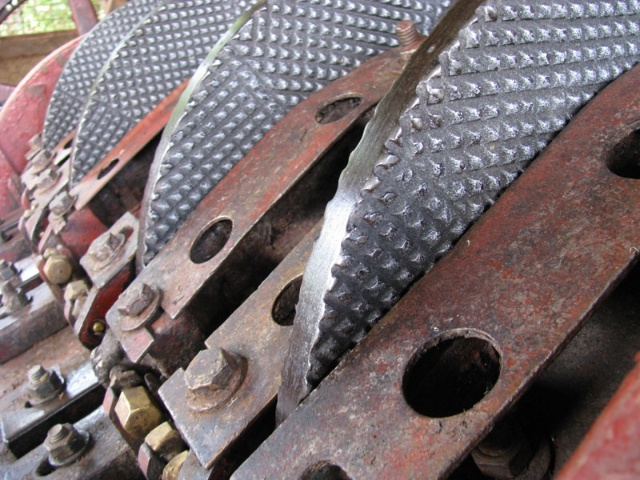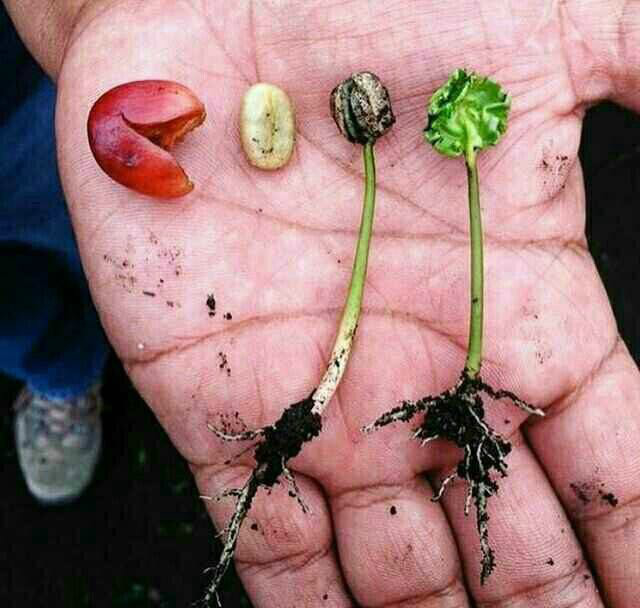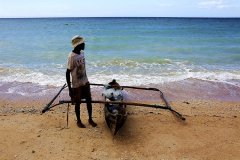Microclimate information of Antigua producing areas in Guatemala what is Antigua's unique microclimate?
For professional baristas, please follow the coffee workshop (Wechat official account cafe_style)

Antigua coffee
The Antigua Valley of Guatemala has long been the most famous coffee producing area in Guatemala, and the microclimate of the Antigua Valley is known all over the world for providing excellent conditions for growing coffee. The road to fame in this producing area began with excellent coffee, which was discovered by some Japanese coffee traders decades ago. The combination of rich volcanic soil, low humidity, sufficient sunlight and strong temperature difference between day and night have created the personality of coffee in Antigua. The valley consists of three volcanoes: Agua, Acatenango and Fuego. Every once in a while, the Fuego volcano adds fresh and rich ash to the environment. These volcanic ash are rich in minerals and also provide soil growth conditions to help retain moisture to resist the dry climate of Antigua. Like all coffee grown in Guatemala, Antigua coffee grows in the shade of trees, which not only protect coffee from cold nights from December to January, but also create an ecological corridor for wildlife in this subtropical region.
Micro climate information
Climate: the climate in this area is mild, with an average annual temperature of 22 °C. The Antigua Valley is surrounded by mountains and volcanoes to protect it from the north wind.
Height: located at 1500 meters above sea level, producing very hard beans (SHB) quality coffee.
Weather: the rainy season lasts six months from May to October and the dry season from November to April. In the dry season, the temperature is about 14 °C from November to January, while the average temperature from February to April is 24 °C. Such a unique climate creates a special coffee producing area. The average annual rainfall is about 1200-1500 mm.
Soil: volcanic soil mixed with fresh volcanic ash, very rich in minerals and nutrients, is an ideal element for the growth of coffee. This area and valley used to be a lake, so the sediment left behind makes the land fertile and strongly characteristic, affecting the unique quality of coffee.
Planting: most coffee is grown in Arabica bourbon and is grown in the shade of Gravilea trees. Coffee is carefully picked and selected artificially when it is ripe, and then transported to the La Esperanza water washing plant on the outskirts of Antigua.

Coffee treatment: the coffee is carefully treated in the washing field and the coffee beans are separated by a peeling machine. The final pulp is then removed by fermentation and then washed with clean water. The coffee is 75% sun-dried. Carefully dry according to customer requirements and ensure that each bag has a consistent quality, as is the case with every harvest.
Season: the flowering season begins in late April or early May, and the harvest period is from December to March. Such high-quality raw coffee beans are usually available in mid-January.
Introduction to Coffee
Manor: Margaret Coffee
Producing area: Antigua volcano producing area
Planting altitude: 1500-1700m
Treatment method: washing treatment method
Varieties: bourbon, Kaddura, Kaduai
Mesh size: 15 to 19-97.8%
Water content: 9.1%
Annual rainfall: 800-1200mm
Soil: volcanic soil and pumice
Shade tree: Gravilea
Flavor: citrus lemon tea-like freshness, pistachio, lemon grass, caramel sweet, peach and plum bright acid value, tail rhyme with classic dark chocolate, long finish
Important Notice :
前街咖啡 FrontStreet Coffee has moved to new addredd:
FrontStreet Coffee Address: 315,Donghua East Road,GuangZhou
Tel:020 38364473
- Prev

How to taste a cup of real Italian coffee
Professional barista communication, please pay attention to coffee workshop (Weixin Official Accounts cafe_style ) picked his taste, found his point, at this moment, how to gradually enter the good situation, ensure that you can grasp his heart? Of course, he had to use a different temperament to talk and quickly and accurately tell him where this cup of Italian coffee tasted good! Let's first look at the three important components of Italian coffee.
- Next

Guatemala Perfect Coffee Region-Coban Rainforest Washed Kadura Coffee Flavor Introduction
Professional barista communication Please pay attention to Coffee Workshop (Weixin Official Accounts cafe_style ) Manor Introduction Valma Manor is located in the Coban area, a perfect production area with steep mountains, green rainforests and charming flowers, including unspoiled natural environment and unique microclimate. The contrast between the high-altitude mountains and the high-humidity tropical rain forest makes this place always surrounded by dense clouds.
Related
- Beginners will see the "Coffee pull flower" guide!
- What is the difference between ice blog purified milk and ordinary milk coffee?
- Why is the Philippines the largest producer of crops in Liberia?
- For coffee extraction, should the fine powder be retained?
- How does extracted espresso fill pressed powder? How much strength does it take to press the powder?
- How to make jasmine cold extract coffee? Is the jasmine + latte good?
- Will this little toy really make the coffee taste better? How does Lily Drip affect coffee extraction?
- Will the action of slapping the filter cup also affect coffee extraction?
- What's the difference between powder-to-water ratio and powder-to-liquid ratio?
- What is the Ethiopian local species? What does it have to do with Heirloom native species?

